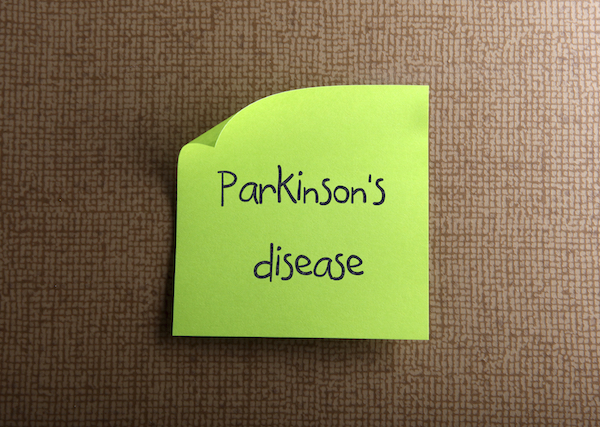
More common in men, and more frequently diagnosed than muscular dystrophy, ALS and MS combined, Parkinson’s disease is diagnosed in approximately 7 – 10 million people around the world, with an additional 600,000 people in America diagnosed each and every year. And while each person’s encounter with Parkinson’s differs in level of severity, there are five main stages of advancement that are routinely experienced by all.
In honor of Parkinson’s Awareness Month, CareFor shares the information below to help you better comprehend Parkinson’s disease progression:
- Stage 1: Described as early-stage Parkinson’s, this phase impacts the person with minor signs or symptoms that might present as follows:
- Effects on only one side of the body
- Effects are troublesome, but not disabling
- Tremors or uncontrollable shakiness in one limb may be evident
- Loved ones can often pick up on variations in the individual’s posture, balance, and facial expressions
- Stage 2: In the second level of Parkinson’s, the person begins to exhibit an inability to undertake basic physical tasks:
- Symptoms now affect both sides of the body
- The person is encountering marginal disability, and in most cases ambulatory or balance issues are detected
- Posture begins to be impacted
- Stage 3: This stage is regarded as moderate Parkinson’s disease, and a more significant degree of disability will begin to become noticeable:
- There is a noticeable slowing down of the body’s movements
- Equilibrium difficulties may cause the inability to stand or walk straight
- There is a moderately significant overall dysfunction
- Stage 4: This stage is considered advanced Parkinson’s and consists of significant symptoms:
- Rigidity and bradykinesia, or slow movements, are now noticeable
- The person can no longer take care of everyday tasks and normally is unable to live independently
- Tremors may begin to lessen or disappear altogether for unknown reasons in this stage
- Stage 5: The fifth and final stage of the disease generally takes over the person’s physical movements:
- The person commonly experiences an overall decline in vitality and strength in both mind and body
- The individual may potentially now be no longer able to stand or walk
- One-on-one care is needed
CareFor’s skilled caregivers are fully experienced in all facets of caregiving, and can assist individuals with Parkinson’s disease and other conditions of aging to experience a higher quality of life, right in the security of home. Whether the need is for help with daily personal care, transportation to doctors’ appointments, errand-running, light housekeeping and meal preparation, or merely a friendly companion to brighten up each day, our home care services are customized to each person’s unique needs and preferences. Contact the top rated providers of in home care in San Marcos, TX and surrounding areas to learn more at (512) 338-4533. For a full listing of the communities we serve, please visit our Service Area page.
